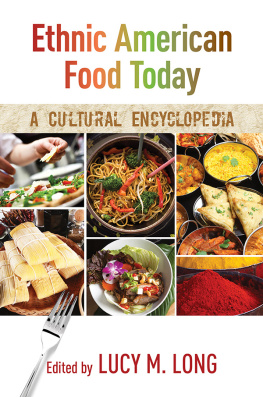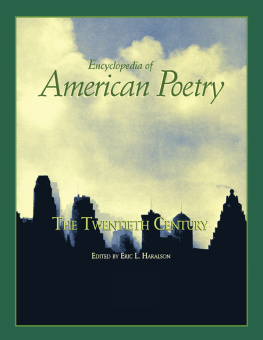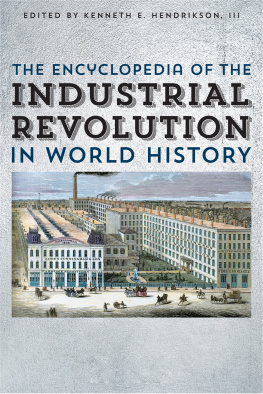The World of the American Revolution
Recent Titles in Daily Life Encyclopedias
The World of Ancient Rome: A Daily Life Encyclopedia
James W. Ermatinger
The World of the Civil War: A Daily Life Encyclopedia
Lisa Tendrich Frank, Editor
ARTS TO HOUSING AND COMMUNITY
The World of the American Revolution
A Daily Life Encyclopedia
Merril D. Smith, Editor
Copyright 2015 by ABC-CLIO, LLC
All rights reserved. No part of this publication may be reproduced, stored in a retrieval system, or transmitted, in any form or by any means, electronic, mechanical, photocopying, recording, or otherwise, except for the inclusion of brief quotations in a review, without prior permission in writing from the publisher.
Library of Congress Cataloging-in-Publication Data
The world of the American Revolution: a daily life encyclopedia / Merril D. Smith, editor.
pages cm.(Daily life encyclopedias)
Includes bibliographical references and index.
ISBN 978-1-4408-3027-3 (alk. paper)ISBN 978-1-4408-3028-0 (EISBN)
1. United StatesHistoryRevolution, 1775-1783Social aspectsEncyclopedias. 2. United StatesSocial life and customs1775-1783Encyclopedias. 3. United StatesHistoryRevolution, 1775-1783Encyclopedias. 4. United StatesSocial conditionsTo 1865Encyclopedias.
I. Smith, Merril D., 1956
E163.W67 2015
973.3dc23 2015009496
ISBN: 978-1-4408-3027-3
EISBN: 978-1-4408-3028-0
19 18 17 16 15 1 2 3 4 5
This book is also available on the World Wide Web as an eBook.
Visit www.abc-clio.com for details.
Greenwood
An Imprint of ABC-CLIO, LLC
ABC-CLIO, LLC
130 Cremona Drive, P.O. Box 1911
Santa Barbara, California 93116 1911
This book is printed on acid-free paper 
Manufactured in the United States of America
Contents
The world of the American Revolution was full of people who lived ordinaryand sometimes extraordinarylives in the midst of war and a changing society. Those living in what began as 13 colonies in British North America and ended up as the United States were affected by what was going on around them, even if they did not participate on the battlefield or in political conventions. This era was also a time of changes in fashion, food, housing styles, arts and literature, religion, and science.
The World of the American Revolution: A Daily Life Encyclopedia focuses on the everyday life of peoplewhat they ate, what they wore, and how those things changed during the era of the American Revolution. These two volumes cover the basic technology of their lives, in their homes, businesses, streets, and fields. How did people perceive each other, and what did clothing or furnishings say about status and gentility? "Everyday" also covers the intimate and private acts that people of this time experiencedfor example, sexuality, breastfeeding, menstruation, bathing, and using privies.
It is impossible to cover every notable person, event, subject, act, invention, and object in one two-volume reference work. The 265 entries in The World of the American Revolution are not conclusive or exhaustive, but they do provide a wide variety and breadth of coverage of everyday life. The entries are divided into the following 10 topical sections:
- Arts
- Economics and Work
- Family and Gender
- Fashion and Appearance
- Food and Drink
- Housing and Community
- Politics and Warfare
- Recreation and Social Customs
- Religion
- Science and Technology
Each entry includes cross-references to other related entries in the various topical sections and concludes with a bibliography of additional print and electronic information resources. The encyclopedia focuses mainly on the geographical area that was the 13 colonies and that becomes the United States.
The encyclopedia is aimed at general readers and high school and college students who desire to learn more about the everyday life of Americans in the era of the American Revolution (ca. 1774-1800). A timeline is also included to provide quick access to important events and an Introduction puts the period into broad historical context. A detailed subject index provides access to information in the entries. The 100 sidebars give further interesting examples of people, topics, and events, not covered in the entries. Accompanied by useful introductions, the 41 primary documents cover a wide variety of subjects and people of this period and give users of the encyclopedia an opportunity to read the actual words in laws, letters, petitions, and other printed material of the time period. A bibliography and resource guide at the end of the encyclopedia includes a select listing of books, journal articles, pertinent Websites, and movies and television shows that focus on the era.
Eight years passed from the first shots fired at Lexington and Concord in April 1775 to the signing of the peace treaty between the United States and Great Britain in 1783. Fortunately, it did not take quite so long to write this bookalthough at times it seemed as if it would. John Wagner, my long-suffering editor at ABC-CLIO, was very kind about extending deadlines. I appreciate his understanding that everyday life of the present can interfere with a book on everyday life of the past. I want to thank all of the contributors, many of who took on extra assignments. I especially want to thank Keith Krawczynski, who wrote all of the entries and sidebars for the Religion section. Thank you, Keith! Huzzah! Else Hambleton gave me encouragement throughout the project and cogent feedback at the end. My husband, Douglas Smith, provided love and companionship while I struggled to get this project completed. My daughters Megan and Sheryl listened to me complain and vent. Our cats Ricky and Mickey gave me unconditional love and much-needed chuckles, and sometimes that's exactly what's needed while struggling to complete a book.
I live just across the Delaware River from Philadelphia. I can travel over a bridge named for "First American," writer, inventor, scientist, postmaster, statesman, and diplomat Benjamin Franklin. I can walk some of the streets he walked and visit his grave at Christ Church Burial Ground. I can eat at the City Tavern, where delegates to the two Continental Congresses dined 240 years ago. The history of that long-ago era is in many ways still tangible; some cobblestone streets and 18th-century buildings have survived, although they compete with modern-day concrete, steel, and traffic. This is something that Franklin probably would have understooda city constantly changes, and new inventions and new forms of commerce and government can appear when seemingly permanent structures are destroyed. Franklin witnessed many such changes himself in his 84 years. Yet even as war and the process of nation building took place, people lived, ate, married, shopped, and died of natural causes. The two establishments, the City Tavern, where delegates of the Continental Congress dined, and Christ Church Burial Ground, a cemetery where some of the leaders of the nation were buried, are still in existence and can serve as memorials of life and death in a Revolutionary era city, the capital of the new nation.
Most of 18th-century America was rural. On my side of the river, there was once a colonial plantation owned by the Quaker Whitall family. American forces took over the land, cut down the orchard, and built a fort, Fort Mercer, to serve as a defense for Philadelphia. Across the Delaware on the Philadelphia side was Fort Mifflin. In September 1777, British forces under General William Howe captured Philadelphia, but American forces and defenses along the river around the city prevented supplies from coming through. The British planned a land attack on Fort Mercer. A young apprentice, Jonas Cattell, overheard Hessian mercenaries in Haddonfield, New Jersey, describing their forthcoming attack on the Americans at Fort Mercer. He ran 10 miles to the fort to warn Colonel Christopher Greene. The American forces were prepared by the time the Hessians arrived. They walked into a trap, and close to 400 Hessian soldiers, including their commander, Colonel Carl von Donop, were killed in the battle that day. Although the British forces succeeded in taking the fort a month later, the victory gave Americans a much-needed boost of morale.


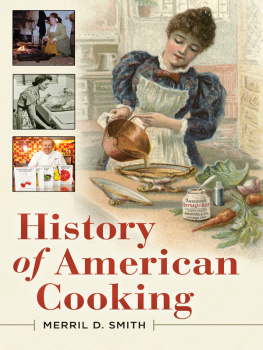

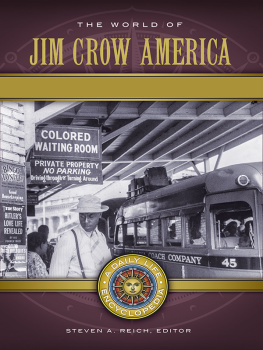
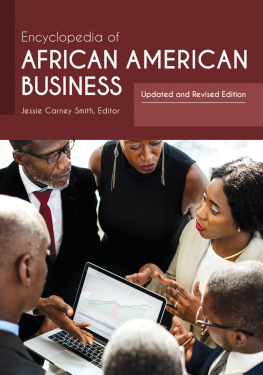
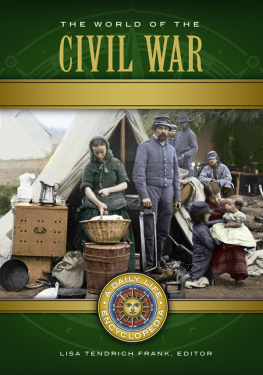
![Michael Lovano - The World of Ancient Greece: A Daily Life Encyclopedia [2 Volumes]](/uploads/posts/book/268736/thumbs/michael-lovano-the-world-of-ancient-greece-a.jpg)
